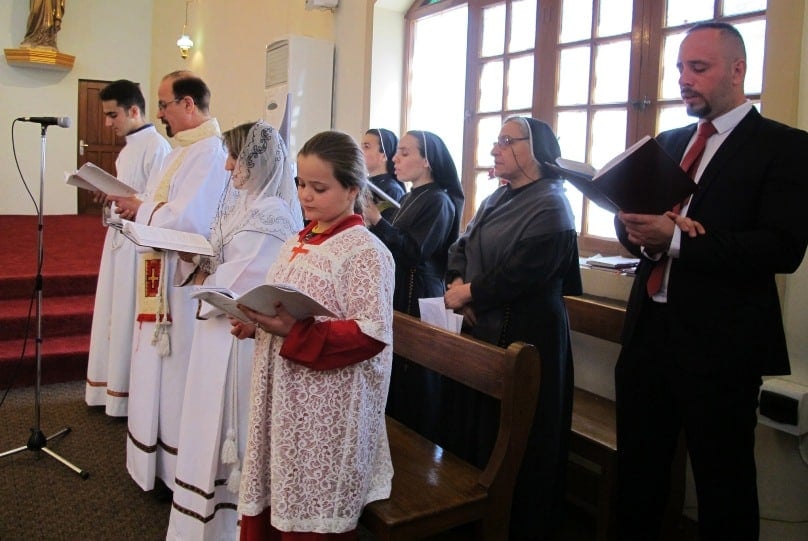
Spiritus Domini on 11 January 2021 has shifted the role of women as readers and servers at the altar
Pope St John Paul II in Novo Millennio Ineunte, (6 January 2001) recognized the need for collaboration in ministry, which can no longer be understood simply as the activity of clergy:
The Church of the third millennium will need to encourage all the baptized and confirmed to be aware of their active responsibility in the church’s life. Together with the ordained ministry, other ministries, whether formally instituted or simply recognized, can flourish for the good of the whole community.
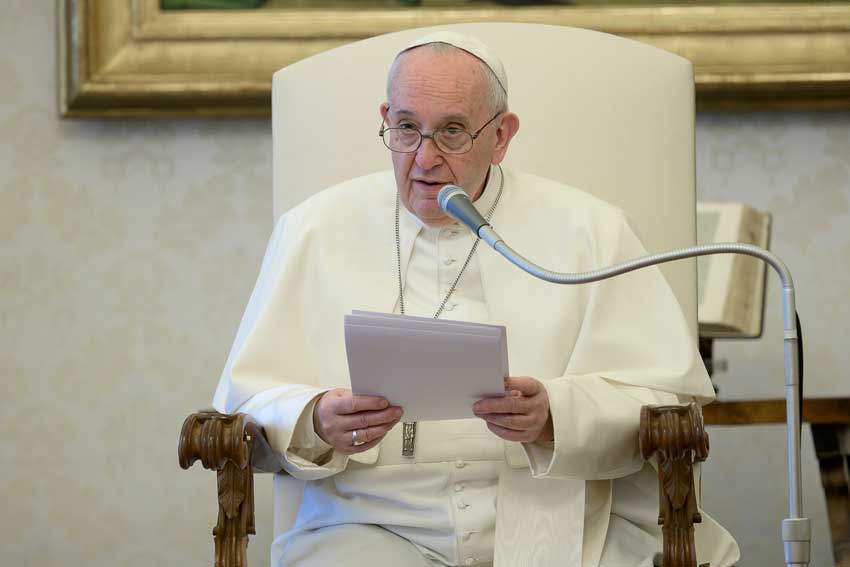
Women readily took up the role of reading the Word at the liturgy
The publication of the Apostolic Letter Spiritus Domini on 11 January 2021 has shifted the role of women as readers and servers at the altar from one that is “simply recognised” to one that can be “formally instituted”.
The new text of canon 230 § 1 is in these terms:
Lay persons of suitable age and with the gifts determined by decree of the Episcopal Conference may be permanently assigned, by means of the established liturgical rite, to the ministries of lectors and acolytes; however, the conferment of such a role does not entitle them to support or remuneration from the Church.
“simply recognised” to one that can be “formally instituted”
Canon 230 §2 provided for lay people to be deputed as lectors on a temporary basis. This included women although they were not specifically mentioned. Women readily took up the role of reading the Word at the liturgy, and the practice of formally instituting men as lectors largely fell away, except within seminaries.
There was a more subdued response to the question – Could women act as acolytes?
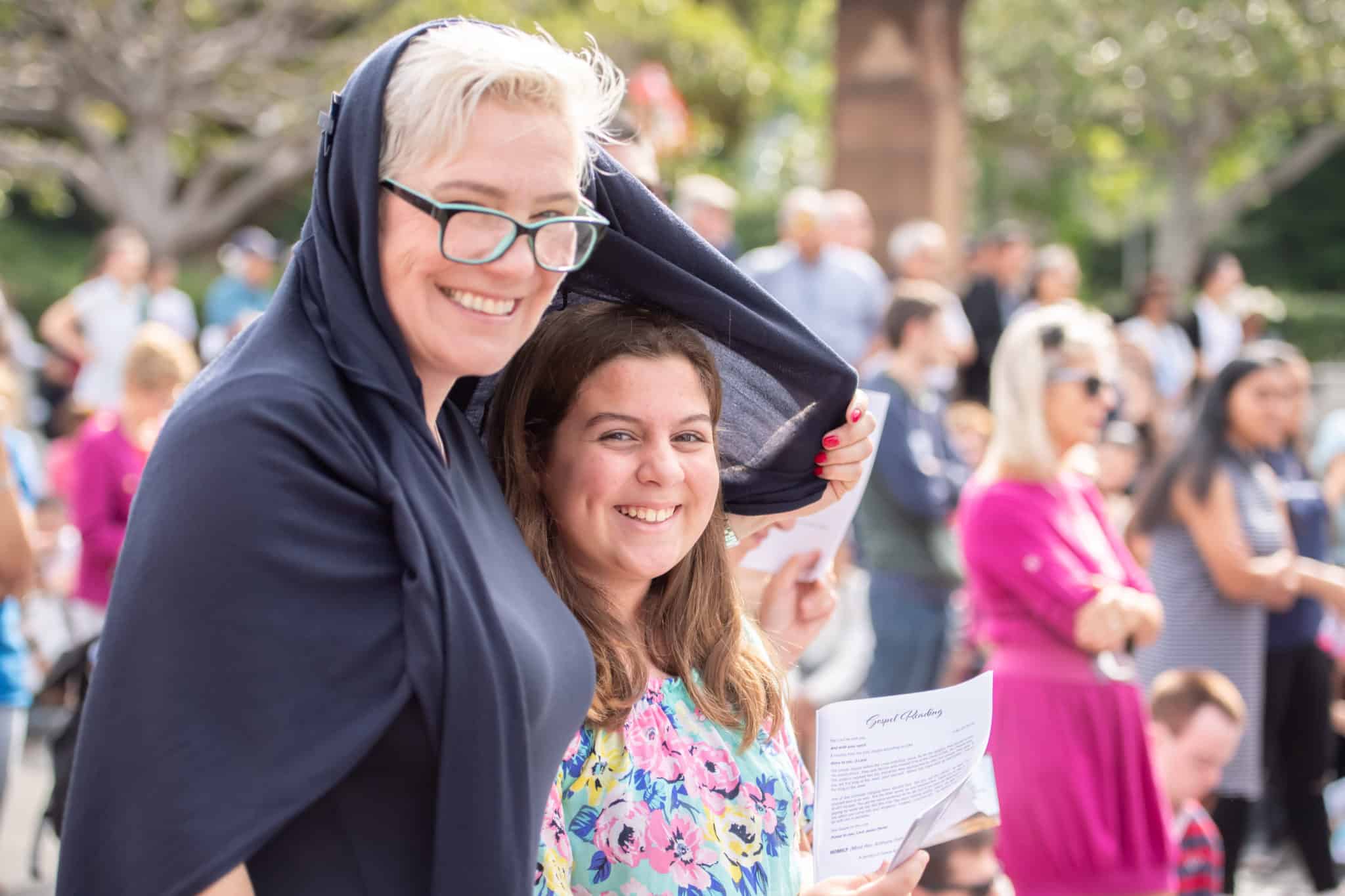
Cardinal Giacomo Lercaro, President of the Commission for the Implementation of the Constitution on the Liturgy, wrote a letter to bishops dated 25 January 1966. He specifically addressed the question of women serving at the altar:
A woman has a right and duty to a munus liturgicum, and quite how far this goes has yet to be accurately studied; but that under present day legislation, women have no ministerium at the altar, is certain (emphasis added).
The United States Bishops’ Committee on Liturgy declared in 1971, “It is certain that in the liturgical celebration, as in other facets of the Church’s life, there should be no discrimination against women,“
This was reinforced by the Third Instruction on the Correct Implementation of the Constitution on the Sacred Liturgy of the Congregation for Divine Worship (5 September 1970) The prohibition applied even in women’s chapel’s, convents and schools.
Agitation for a reform of this rule developed momentum right through the 1970s and 1980s. The United States Bishops’ Committee on Liturgy declared in 1971, “It is certain that in the liturgical celebration, as in other facets of the Church’s life, there should be no discrimination against women… “
The practice had developed in some places of including girls among altar servers and there were strong feelings among bishops, priests and lay people, for and against. The issue took on a disproportionate significance as a symbol of how far a change in the role of women in the Church might extend.
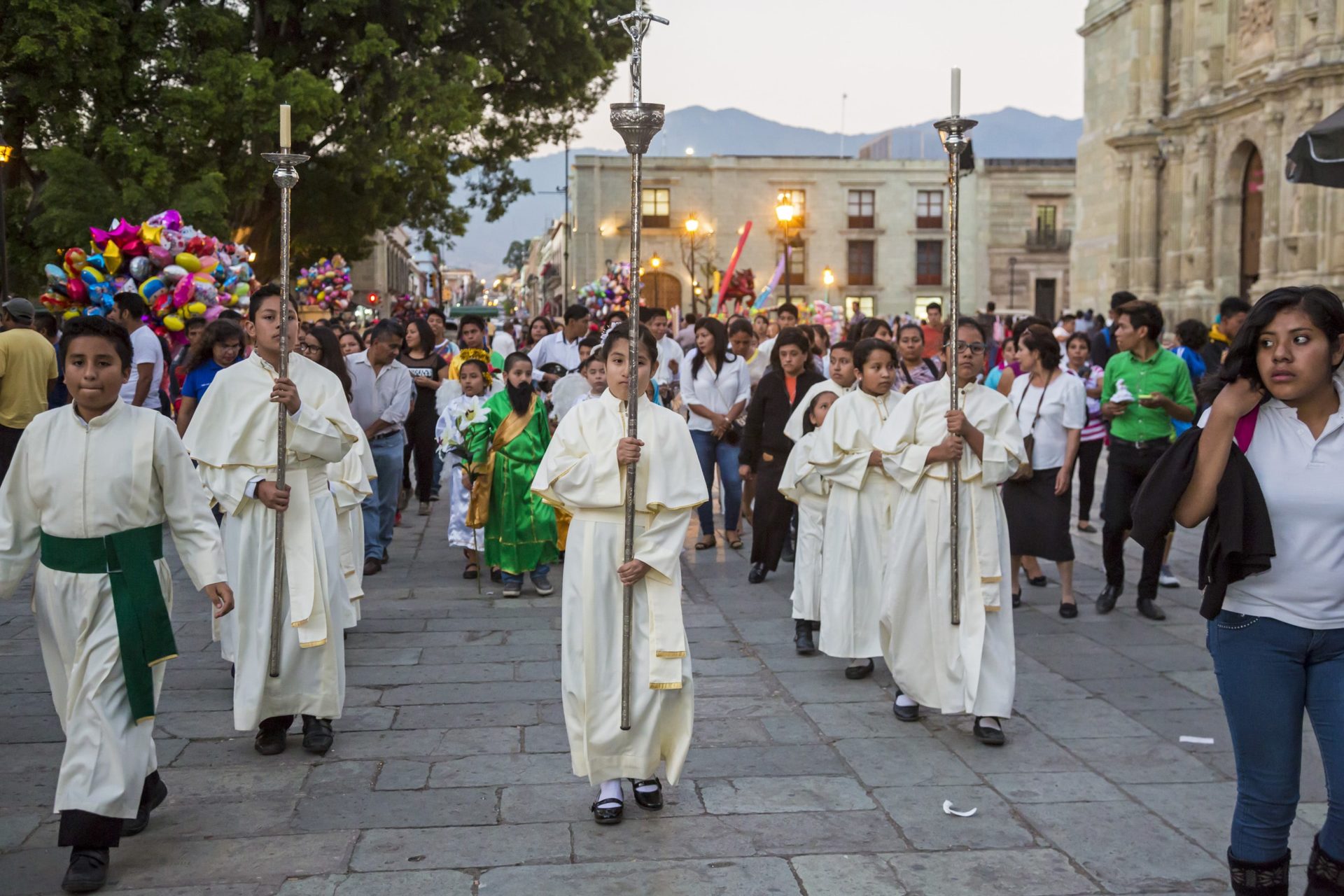
Eventually the controversy was formally presented to the Pontifical Council for the Interpretation of Legislative Texts. It provided an interpretation in 1992. This provided that among the liturgical functions which canon 230 §2 envisaged might be entrusted to women was service at the altar.
Women were permitted to serve at the altar at the discretion of the local bishop
Nearly two years later, on 15 March 1994, Cardinal Antonio Maria Javierre Ortas, Prefect of the Congregation for Divine Worship and Discipline of the Sacraments wrote to Presidents of Episcopal Conferences, advising them of the interpretation of the canon and making some qualifications. Women were permitted to serve at the altar at the discretion of the local bishop. The letter affirmed the “noble tradition of having boys serve at the altar”.
Spiritus Domini acknowledges that a doctrinal development has taken place in recent years which has highlighted how certain ministries instituted by the Church are based on the common condition of being baptised and the regal priesthood received in the Sacrament of Baptism; they are essentially distinct from the ordained ministry received in the Sacrament of Orders.
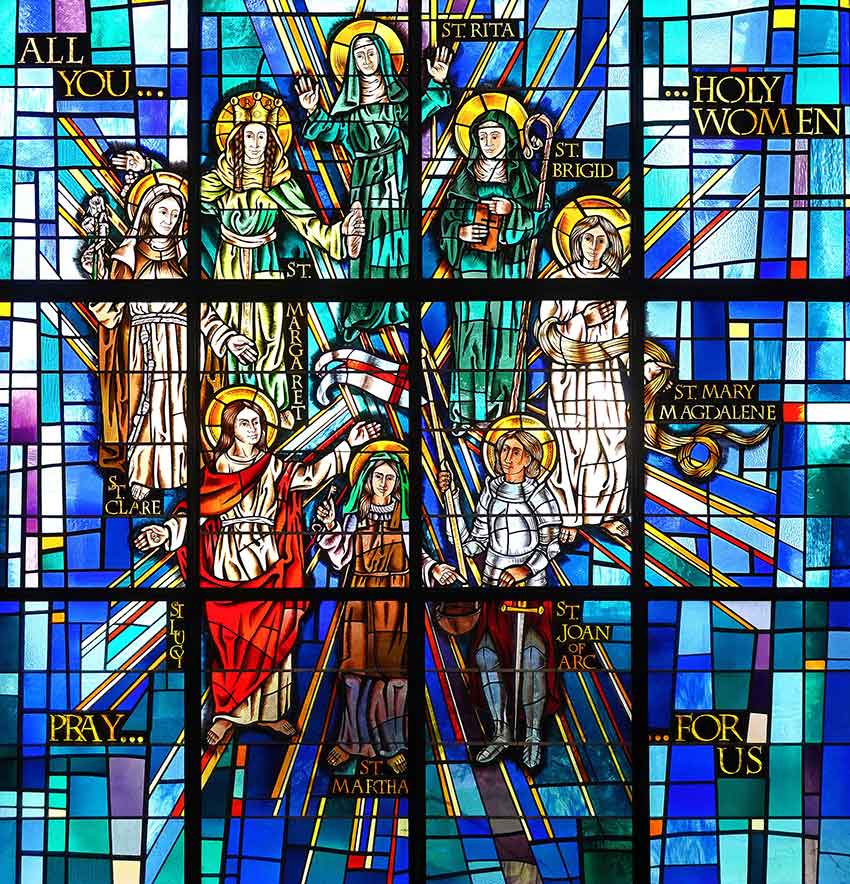
It goes on to note that a consolidated practice in the Latin Church has also confirmed, in fact, that these lay ministries, since they are based on the Sacrament of Baptism, may be entrusted to all suitable faithful, whether male or female, in accordance with what is already implicitly provided for by Canon 230 § 2.
Time will tell whether the current practise of men and women fulfilling the role of lector and acolyte informally will be replaced by a formal ceremony of institution as is now permitted in church law. The value of a formal ceremony and commissioning would be to emphasise the role of lector and acolyte as a true ministry of service within the church.
Fr Brian Lucas is the National Director of Catholic Mission Australia
